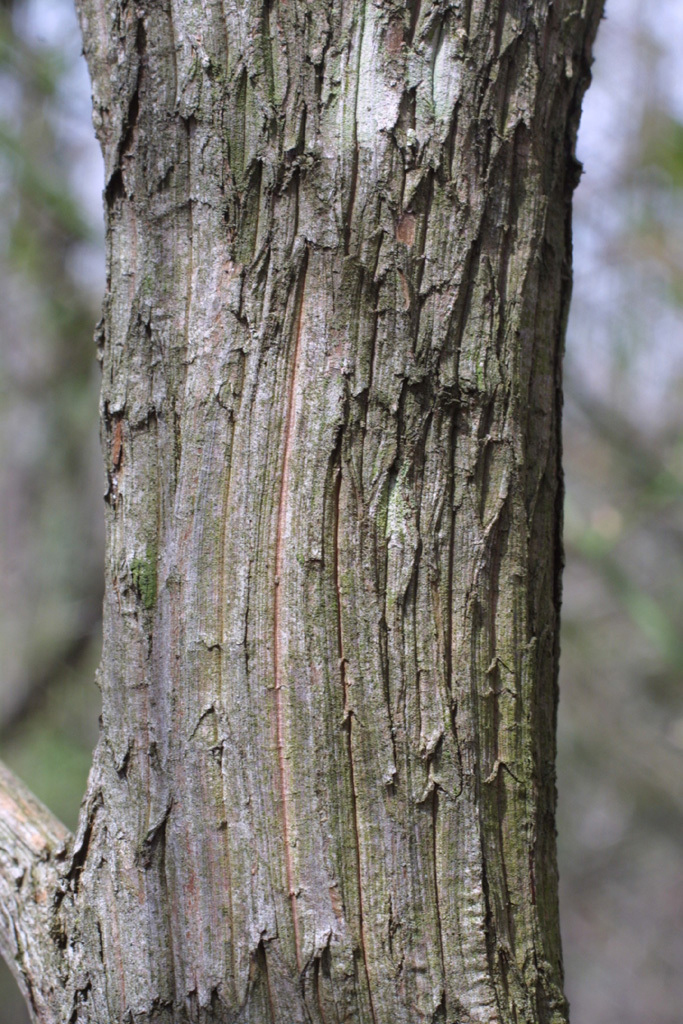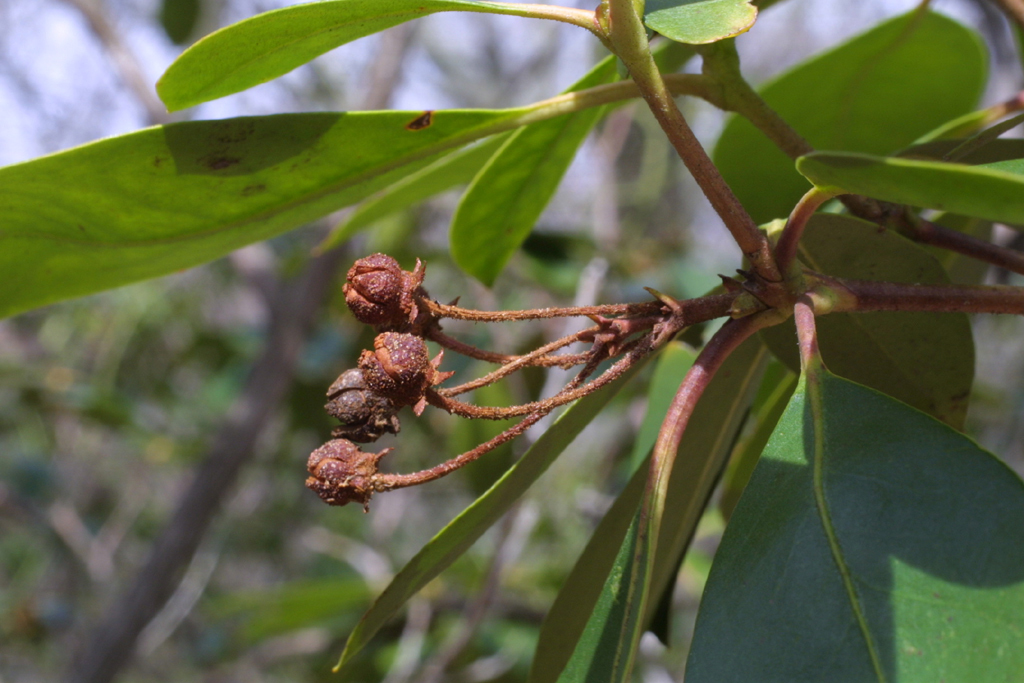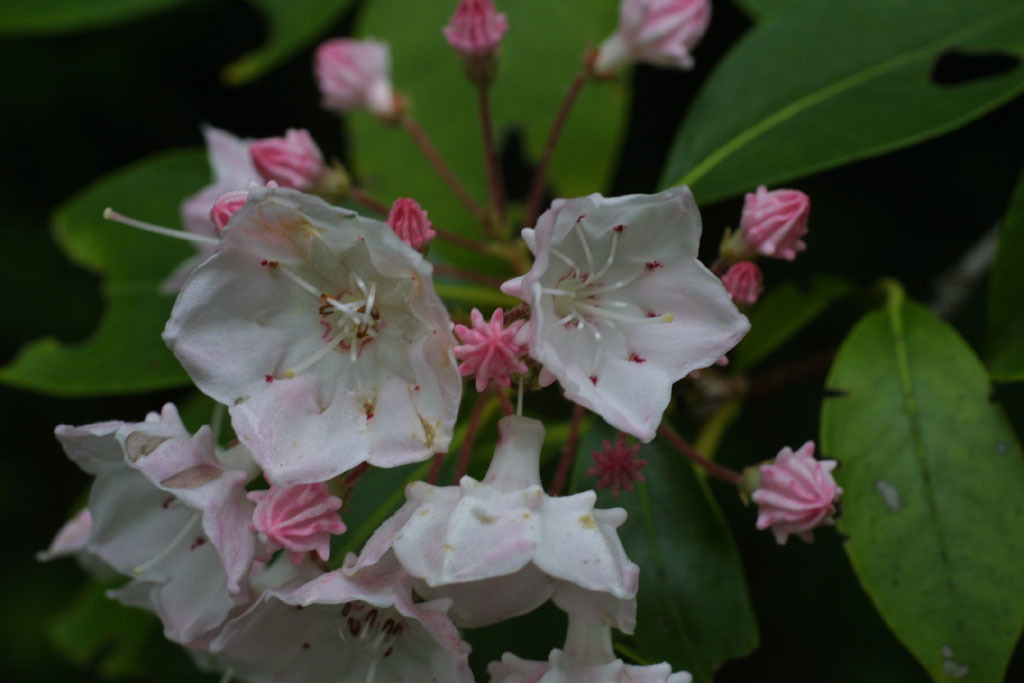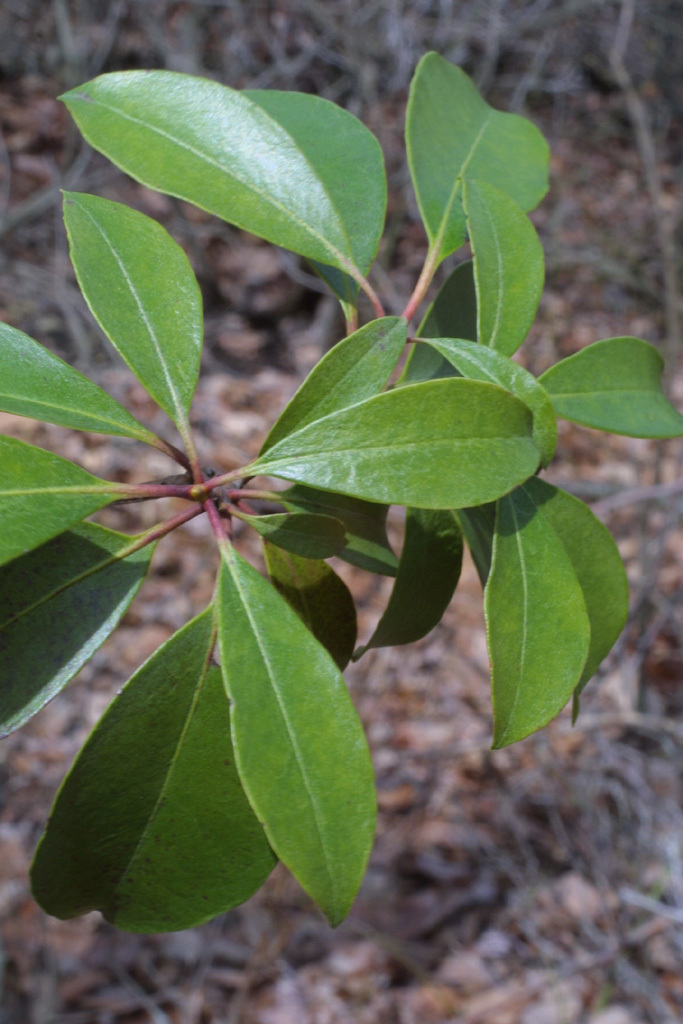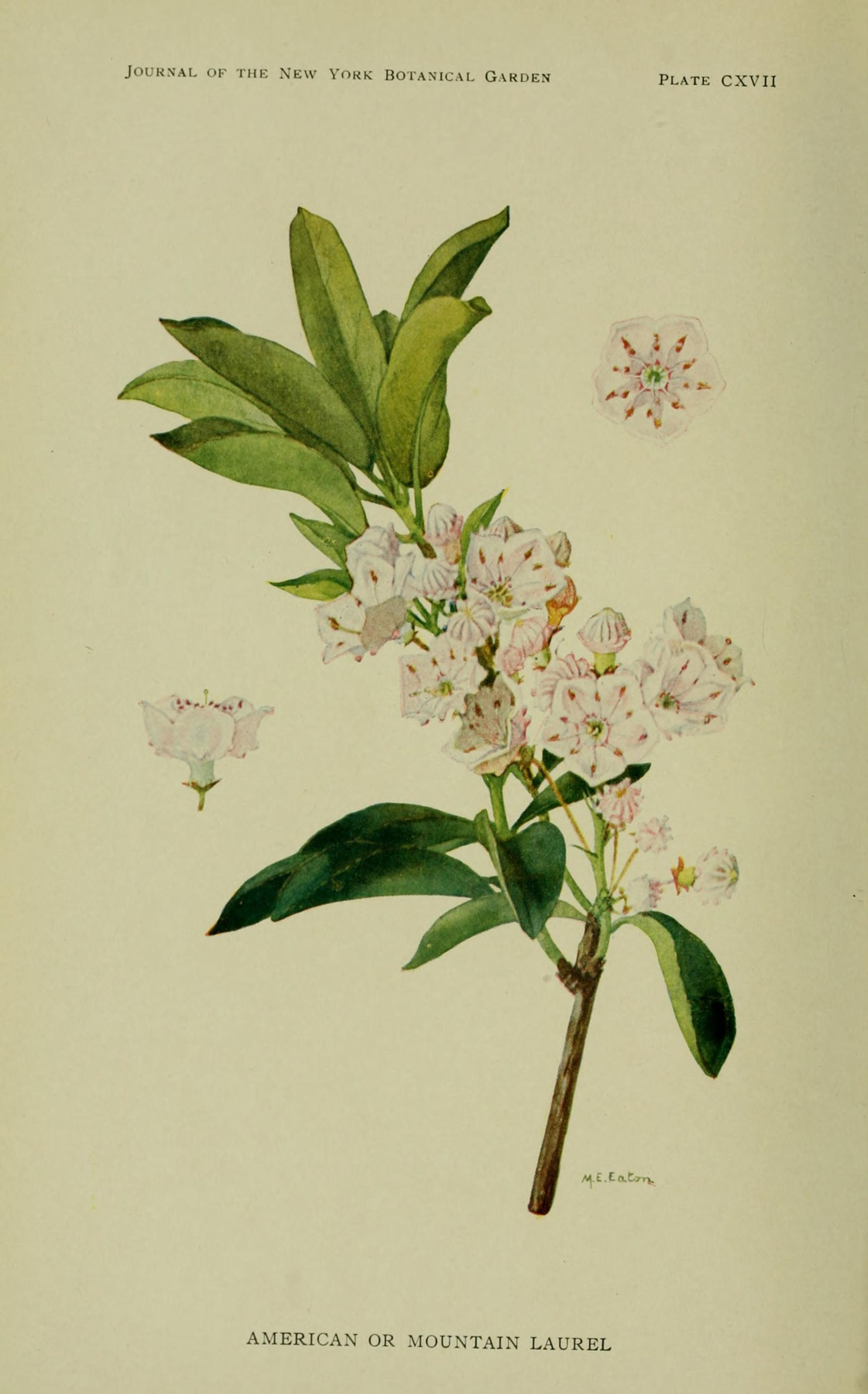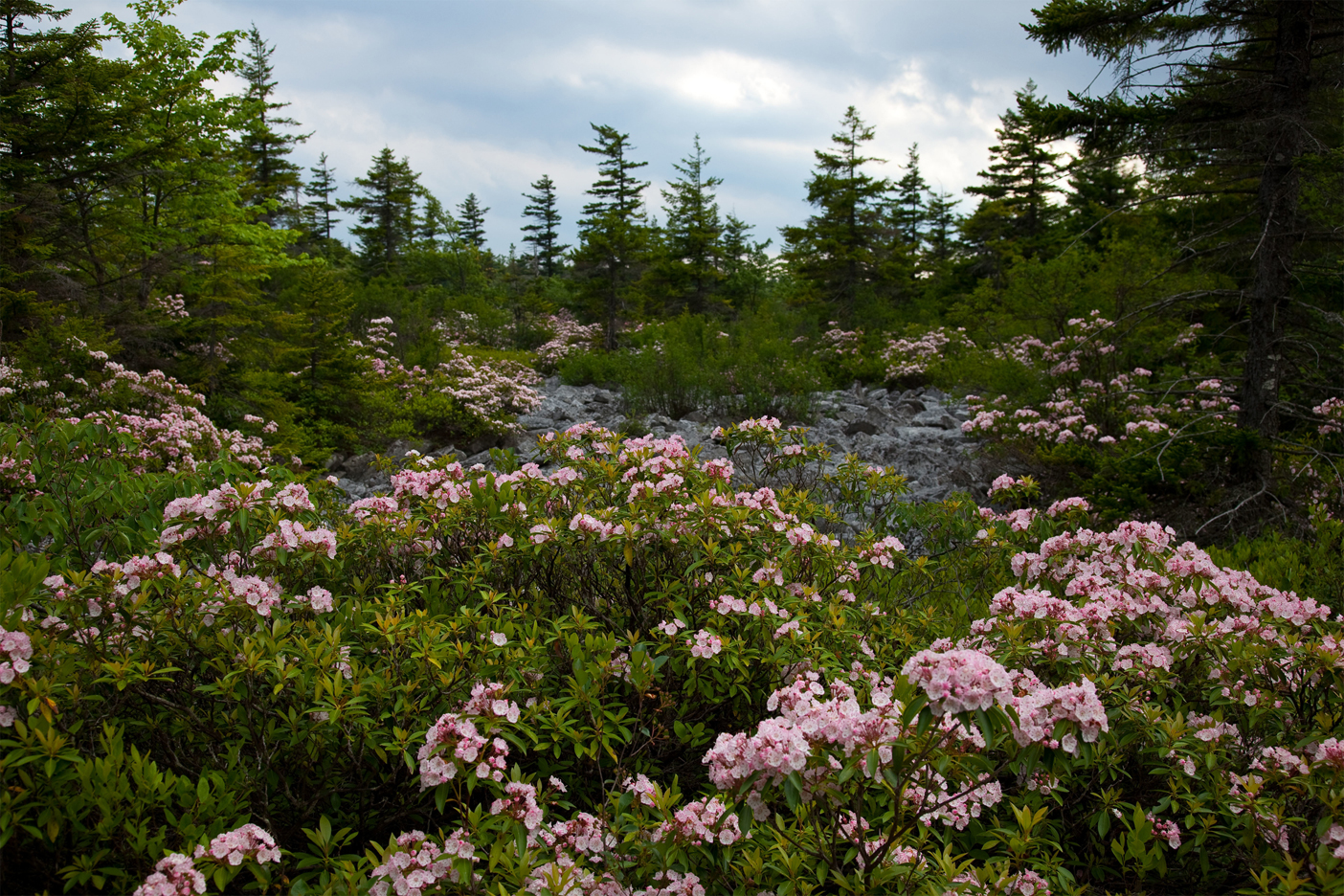Also known as calico bush, mountain laurel or spoonwood, it is a broadleaved evergreen shrub which belongs to the heather family, Ericaceae inherent to eastern United States. The range stretches from Southern Maine south to northern Florida and west to Indiana and Lousiana.
Facts About Mountain Laurel
| Mountain Laurel Quick Facts | |
|---|---|
| Name: | Mountain Laurel |
| Scientific Name: | Kalmia latifolia |
| Origin | Eastern United States |
| Name | Mountain Laurel |
|---|---|
| Scientific Name | Kalmia latifolia |
| Native | Eastern United States |
| Common/English Name | Sheep Laurel, Lambkili, Spoonwood, Mountain Laurel, Calico-bush, spoonwood |
| Name in Other Languages | English: Mountain-laurel, Calico-bush, Mountain laurel, Spoonwood Swedish: Bredbladig kalmia; French: Kalmia à feuilles larges |
| Medicinal Part | The leaves |
| Plant Growth Habit | Broadleaved evergreen shrub |
| Soil | Cool, moist, rich, acidic, humusy, well-drained |
| Leaves | Lance-shaped, glossy, 3–12 cm long and 1–4 cm wide |
| Flowering Season | May and June |
| Flower | Light pink to white |
Leaves
Leaves are alternate, simple, elliptical and 2 to 5 inches long with entire margin, pointed tip and mid-vein raised on upper surfaces, shiny/waxy green above, yellow green below.
Flower
Flower is monoecious, 3 to 6 inches across and white to rose colored with purple markings. Each flower 1 inch across and have petals forming a distinct firm bowl around the pistil and stamens. It appears in late spring and early summer.
Fruit
Fruit is a round and brown dehiscent capsule, about ¼ inch long which split into five valves when dried and occurs in clusters. It has small seeds when matured in fall.
Twig
Twigs are forked and twisted, green or r ed when young and become brownish red later.
Bark
Bark is thin and dark brown, shredding and splitting on old stems.
Medicinal uses
- Leaves infusion are used as disinfectant wash and liniment for treating pain, rheumatism, scratches, inflammation and eliminate body parasites.
- Use the leaves internally for treating hemorrhages, flux and diarrhea.
- It could be used for treating inflammatory fevers, syphilis, paralytic conditions, neuralgia, angina and tinnitus.
- Cherokee use the leaves infusion on pain.
- Use the leaves decoction for diarrhea.
- Make ointment for skin diseases by stewing leaves in pure lard in an earthenware vessel in hot oven.
- Use the leaves infusion externally for skin problems and inflammatory problems.
- Apply the expressed juice of plant sap topically to rheumatic pains.
Precautions
- When used in excess cause headache, vertigo, salivation, loss of sight, nausea, thirst, slow pulse, palpitations and difficulty in breathing.
- Indians use the expressed leaves juice or strong decoction to commit suicide.
Externally
Stew with lard as an ointment for various skin irritations.
References:
https://www.itis.gov/servlet/SingleRpt/SingleRpt?search_topic=TSN&search_value=23677#null
https://en.wikipedia.org/wiki/Kalmia_latifolia
https://practicalplants.org/wiki/Kalmia_latifolia
https://botanical.com/botanical/mgmh/l/laumou12.html
http://herbs-treatandtaste.blogspot.com/2012/07/mountain-laurel-native-to-usahealth.html



